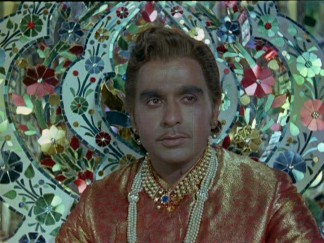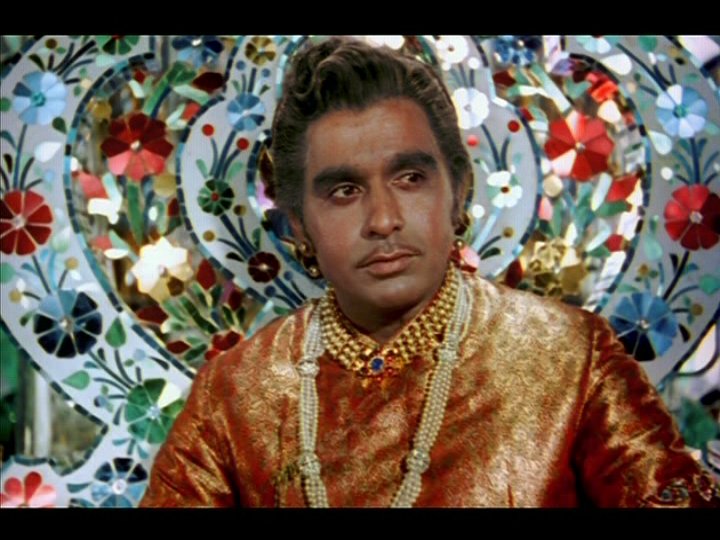rana wrote:
dvdisoil wrote:
Ok Guys i found some info on this. The OAR is 4:3 - they actually cropped it !
http://mail.sarai.net/pipermail/reader- ... 05463.html
We also did the formatting of the aspect ratio of the film, as originally the film was shot on the full screen format as against the current trend where we shoot in Cinemascope (Anamorphic). Thus, we formatted the entire film to suit the Cinemascope screen and then exposed it back on the negative.
How did you do this format change from full screen to Cinemascope? By compressing the frames or by trimming them? Did you loose out on any information in the frame?
We didn’t compress the film (it would lead to distortion). It was more like keeping the necessary information and let go the information that really doesn’t matter.
Like the Headroom?
Its not about just the headroom, it’s the overall framing that has to be judged and taken a call on. You definitely loose some information, but that’s negligible, only 5 - 10%.
[/i]
dvdisoil wrote:
arsh wrote:

I dont know how to make it bigger!

Are my eyes deceiving - It looks like the cropping is more than 5-10% . I already think 1.33:1 is a poor choice for the movie ( was widescreen not popular in the 60’s ?) and add cropping atop of it - this is terrible ! .
Mathematically, it comes to 11.2 % picture cut when you crop top and/ bottom to make a 4:3 picture to 1.5:1. It's 1.5:1 or 1.55:1 frame that was colorized and the remainder top & bottom portions trimmed/ cut.
For DVD release and for TV broadcasts it's this almost full frame.
For theatrical screening it might have been wider AR by chopping/ masking-off top and bottom of the available picture. Actually, I think even the film frames were for a 1.5:1 picture ?? It has been 10 Yrs but perhaps it's time to check into it as
I still have actual film frame (found it) and will get it printed.Printed copy confirms what has been mentioned earlier that only about 10% (from original B/W version) was cut off from top/ bottom, making the color picture avail on the film aprox 1.5:1. This is how much was colorized digitally. Film screenings could be different to whatever the projectionists found fit. To project the picture 2.2:1 implies cutting off more than 30% from the avail color picture and 40% from the original 4:3 picture. Luckily, the color DVDs are full color film frame that was digitized.
------------------------------
Shemaroo B/W Ultimate Enhanced version is the best one. It's 197 min although the 1980 film CC shows film length as 5508 meters (185 min). This version or the original 1960 release had Pyar Kiya To Darna Kya (one reel i.e. 10 min) and the last 2-3 reels 22 min in color (total of 32 min in color).
Colored version film CC shows 4836 meters which is 176 min. Shemaroo DVD is 182 min plus 2 min of coloring credits. And, there also is a 5 min of "Hume Kaash Tumse Mohabbat Na Hoti" delerted from this version, in Extras. This song too is in color.
From the Shemaroo old version at 197 min and new colored version at 187 min, there is a 10 min of orig missing. It seems to be the portions connecting to the "Hume Kaash Tumse Mohabbat Na Hoti" song. Basically, this iteration of Anarkali In and Out of Jail (i.e. one of a few) is the one deleted from the colored version.
BTW, even in the 1960s, as far as I recall, full Mughal-E-Azam version was never shown in a screening. Often "Zindabaad Zindabaad, Ae Mohabbat Zindabaad" was cut and at times, other segments.



